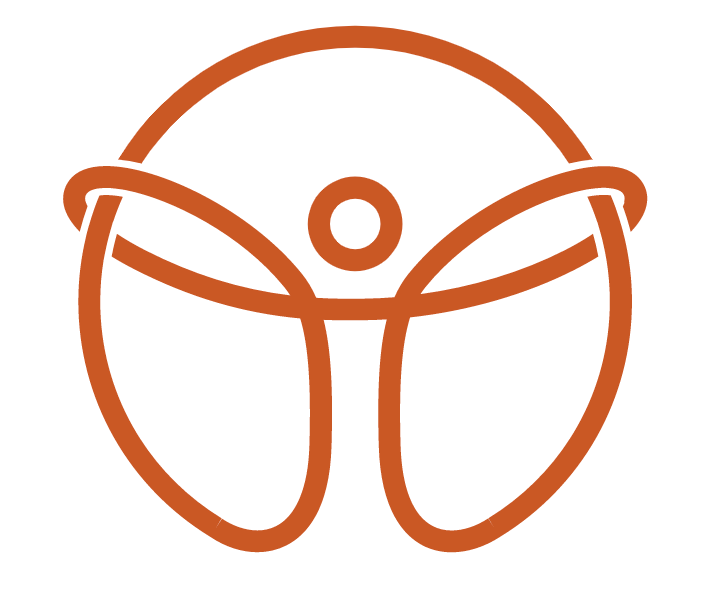Conquering Medial Elbow Pain: A Comprehensive Guide to Golfer's Elbow
Medial elbow pain, commonly known as golfer's elbow or medial epicondylitis, can be a debilitating condition that affects individuals of all ages and activity levels. Whether you're a seasoned golfer or a weekend warrior, understanding the causes, evaluation methods, and treatment options for this condition is essential for effective management and long-term relief. In this guide, we'll explore the intricacies of medial elbow pain and offer insights into proper evaluation, manual therapy, corrective exercises, chiropractic treatment options, self-management strategies, and general recovery outlook.
Understanding Medial Elbow Pain:
Medial epicondylitis is characterized by pain and tenderness on the inner side of the elbow, typically near the bony bump known as the medial epicondyle. It occurs due to overuse or repetitive strain on the tendons that attach to this area, often resulting from activities that involve gripping, flexing, or repetitive wrist motions. While golfers are commonly affected, medial elbow pain can also arise from activities such as tennis, weightlifting, gardening, or even prolonged typing.
Proper Evaluation:
Diagnosing medial elbow pain begins with a thorough evaluation by a qualified healthcare professional, such as a chiropractor or sports medicine specialist. Key components of the evaluation may include:
Medical History: Understanding your activity level, occupation, and any previous injuries or underlying conditions that may contribute to your symptoms.
Physical Examination: Palpation of the affected area to assess for tenderness, range of motion assessment, and provocative tests to identify specific tendon involvement.
Diagnostic Imaging: In some cases, imaging studies such as X-rays or ultrasound may be recommended to rule out other potential causes of elbow pain or to assess the severity of tendon involvement.
Manual Therapy and Chiropractic Treatment Options:
Manual therapy techniques, including chiropractic adjustments, soft tissue mobilization, and myofascial release, can play a significant role in the management of medial elbow pain. Here's how these treatment options can help:
Chiropractic Adjustments: Gentle manipulation of the elbow joint and surrounding structures can help restore proper alignment, improve joint mobility, and alleviate pain.
Soft Tissue Mobilization: Targeted massage techniques can reduce muscle tension, promote circulation, and facilitate healing of injured tendons.
Myofascial Release: By addressing restrictions in the fascia surrounding the muscles and tendons of the forearm, myofascial release techniques can alleviate pain and improve tissue flexibility.
Corrective Exercise and Rehabilitation
In addition to manual therapy, corrective exercises and rehabilitation play a crucial role in the long-term management of medial elbow pain. Here are some exercises that may be beneficial:
Eccentric Strengthening: Eccentric exercises, such as wrist flexor eccentric exercises, help strengthen the tendons while lengthening them, promoting tissue remodeling and healing.
Forearm Strengthening: Targeting the muscles of the forearm, including the wrist flexors and pronators, can improve grip strength and stability, reducing strain on the medial elbow.
Stretching: Gentle stretching of the wrist flexors and pronators can help alleviate tension and improve flexibility in the forearm muscles.
Self-Management Strategies:
In addition to professional treatment, there are several self-management strategies that individuals can implement to alleviate symptoms and promote healing:
Rest and Ice: Resting the affected arm and applying ice packs to the elbow can help reduce inflammation and alleviate pain.
Activity Modification: Avoiding activities that exacerbate symptoms, such as repetitive gripping or lifting, can prevent further irritation of the tendons.
Ergonomic Modifications: Making ergonomic adjustments to your workstation or sports equipment can help reduce strain on the elbow and promote proper biomechanics.
Bracing or Taping: Using a brace or athletic tape to support the elbow during activities can provide added stability and reduce stress on the tendons.
When to See a Practitioner:
While self-management strategies can provide temporary relief, it's essential to seek professional help if symptoms persist or worsen. You should consider consulting a healthcare professional if:
Pain is Severe or Persistent: If your pain is severe, persistent, or interfering with daily activities, it's important to seek medical attention.
Difficulty with Grip Strength: If you experience weakness or loss of grip strength in the affected arm, it may indicate a more severe injury requiring intervention.
Numbness or Tingling: Symptoms such as numbness or tingling in the hand or fingers may indicate nerve involvement and should be evaluated promptly.
Recovery and Outlook
With proper treatment and rehabilitation, the prognosis for medial elbow pain is generally favorable. Most individuals experience significant improvement within a few weeks to a few months with conservative management. However, adherence to rehabilitation exercises and activity modifications is essential to prevent recurrence and promote long-term recovery.
Medial elbow pain can be a challenging condition to manage, but with the right approach, relief is within reach. By understanding the underlying causes, seeking proper evaluation and treatment, and implementing targeted rehabilitation strategies, individuals can overcome golfer's elbow and return to their favorite activities pain-free. At MVMT STL, we're dedicated to helping you conquer medial elbow pain and achieve optimal musculoskeletal health. Schedule a consultation with our experienced team to start your journey towards recovery today.

